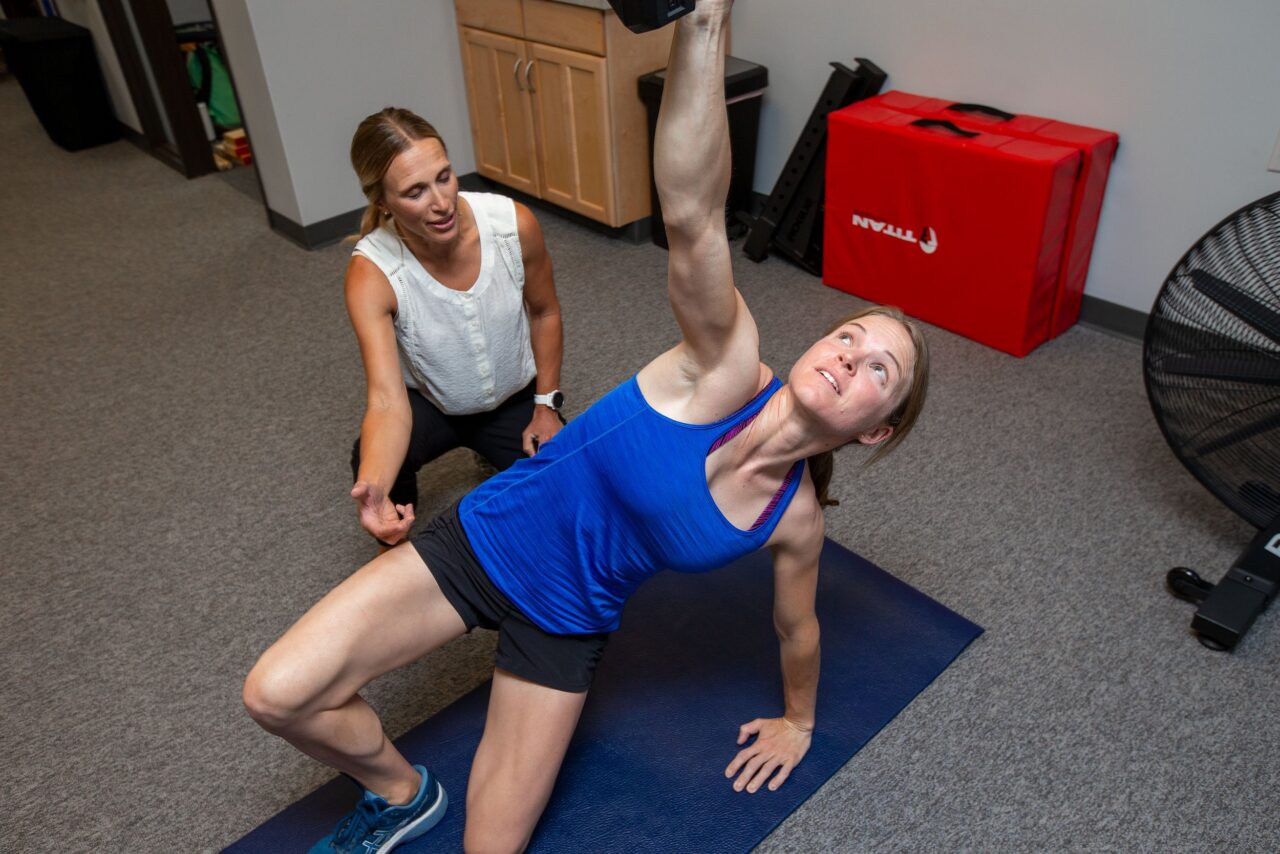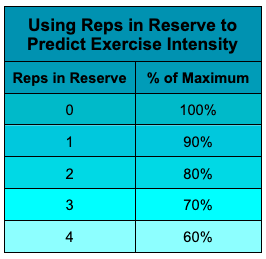Did you know that having a climbing injury makes you 6 times more likely to have a future climbing injury to that same body part?
This makes injury prevention extremely important. 90% of these injuries are overuse in nature and 50% of climbers return to climbing while still in pain.1 The two most common causes of climbing injuries are sub-optimal form/mechanics and overloading our tissues.
While there are countless ways to modify your form and mechanics, there is only one way to improve tissue capacity – strengthening (aka progressive loading). Muscles, tendons, pulleys, ligaments, and even our skin responds tremendously to progressive loading.
Injury prevention has been studied extensively in the scientific literature and the results couldn’t be more clear. One study in particular by Lauerensen and colleagues2 pooled the data from 25 studies including 26,610 participants that compared the three most commonly used forms of injury prevention:
Stretching/mobility work
Proprioceptive training
Strength training.
The results showed that strength training was the clear winner and has been shown to reduce injury risk by as much as 50%! There is nothing better you can do to prevent injury and keep you climbing consistently.
Strength training is all about tissue capacity
All of our tissues have a specific capacity for performance and exceeding this capacity can lead to damage to tissues and injury. If you’ve never done hangboarding before, you could imagine that starting a hangboard session with 50lbs added would exceed your current tissue capacity and likely cause an injury. Likewise, if you have never done a Gaston move, starting with an overhead iron cross Gaston on a hard route would likely exceed the limits of your shoulder structures.
Luckily, our tissues can be trained to tolerate the demands of these movements. Whether it’s a thumbs down iron cross, a closed or full crimp, a campus move, a full drop-knee, or any other move feared by climbers: there are no bad movements, just bad tissue capacity. Starting light and progressively training these movements allows you to perform them perfectly safely.
There is also evidence showing that strength training improves your recovery. This allows you to climb multiple days in a row with less fatigue and less injury risk. The climber’s dream!
Strength training also helps you maintain optimal climbing form/mechanics to further prevent climbing injury risk. An example of this is how you can avoid chicken-winging.
The best way to strength train – lift heavy things!
We’re climbers and we need to be strong. The weight room and the hangboard are the best ways to progressively overload your tissues. Strength training should be challenging, repetitive, and consistent and is ideally done at the end of your climbing session. Just climbing more and climbing harder are not enough on their own. Continue reading for a description of how to choose the right amount of weight to lift.
Reps and weight – How much should I do?
The current best evidence shows that performing 3-4 sets of 6-12 reps per exercise at 70-90% of your maximum strength.3 Upper body strengthening is best performed 2-3 times per week and lower body strengthening is best performed 3-4 times per week. Strength training takes a minimum of 6 weeks to become effective and many climbers stop before they achieve their best results.
How do I know what 70-90% of my maximum strength is?
As a physical therapist I find that many climbers are performing too high or too low of exercise intensity, leading to plateaus or regression in training or rehab. Luckily there is an easy, evidence-based way to determine exercise intensity. Traditional maximum strength testing can be time consuming and can increase injury risk. Instead I recommend using “reps in reserve” to achieve the ideal exercise intensity.
Reps-in-reserve (RIR) is a way to reverse engineer your maximum strength and is easy and safe for everyone from experienced lifters to beginners. Here’s how it’s done:
Choose your exercise (overhead press, push ups, pull ups, deadlift, etc).
Choose a weight that you think you could perform 6-12 repetitions of for that exercise.
Perform the exercise and monitor how many repetitions you can still perform with proper form, aka reps in reserve.
Ex: Hayden is doing an overhead press. They start with 10 reps at 10lbs on their first set. At the end of their tenth rep, they feel like they could have done two more reps before their shoulders gave out. So, Hayden has two reps in reserve for this exercise and is working at 80% of their max weight.
Then you can accurately perform your chosen exercise intensity.
If you complete repetitions to failure, you will have 0 RIR. If you stop when you think you could perform 1 more rep before failure, you have 1 RIR. And so on.
If you are able to perform more than 12 repetitions before reaching your desired RIR: continue that set until you reach your target RIR, then choose a heavier weight for the next set.
If you can’t perform 6 reps while hitting your target RIR, choose a lighter weight for your next set.
It’s a moving target which allows you to adjust based on how you feel that day or how hard your climbing session was.
How do I know how many reps I have in reserve?
It’s subjective, but it’s easier than you think! Most people get really good at judging their RIR with practice. Want to know for sure? Perform one set of the exercise to complete failure and pay attention to how you feel as you approach 0 RIR. This will give you a clear reference point for how you feel at 1, 2, or 3 RIR and usually we under-estimate our RIR.
Don’t let injuries get in the way of your goals – lift!
If you want to prevent climbing injuries and improve your climbing performance, I can’t recommend strength training enough. Many climbers feel uncomfortable in the weight room for the first time, which is totally normal! Don’t let this get in your way. Go with a friend or go at an off time for the gym and get used to using different weights and performing different weight training movements. Then you can join the countless climbers who are reducing their risk of injury and improving their climbing performance with strength training.
Watch the videos below for some of the best evidence-based strengthening exercises for rock climbers.
If you are interested in learning more about strength training and how it could help you with injury prevention or recovery from a current climbing injury please schedule and appointment with one of our rock climbing specialists. Mend is a physical therapy and sports medicine clinic that treats all body regions and people of all athletic abilities, with a specialty in rock climbers.
Mend is committed to the health of climbers and our climbing areas and shares the vision of the Boulder Climbing Community. BCC members get their first appointment free and their second appointment 25% off!
Try these strengthening exercises specifically designed for rock climbing injury prevention and rock climbing performance.


